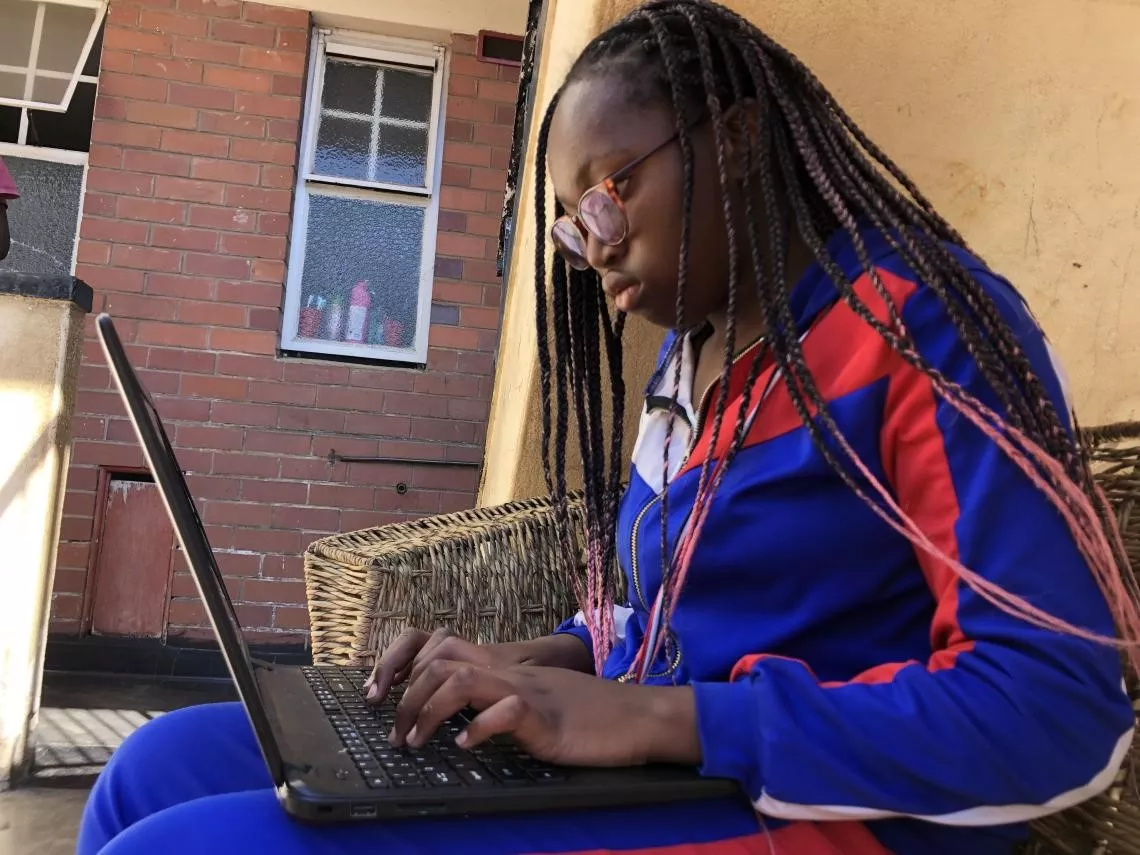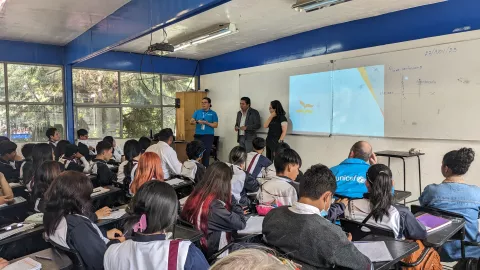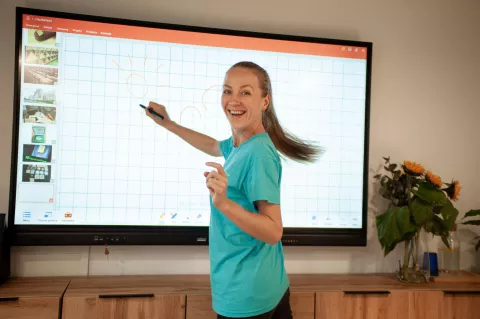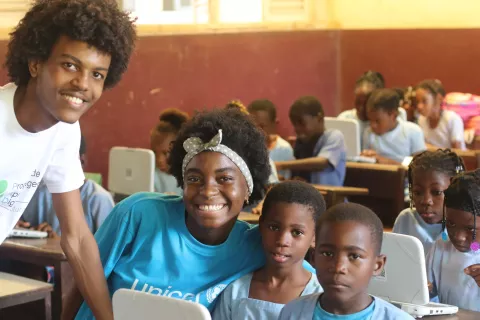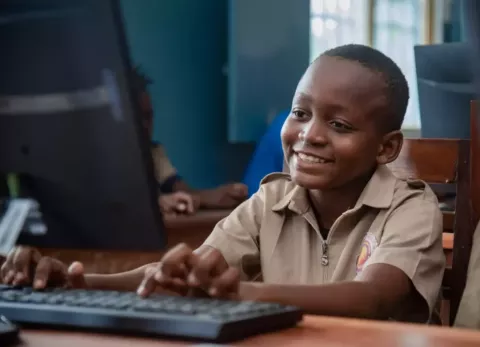Learning Passport: How did we get here?
Mac Glovinsky, LP Global Programme Manager, shares his thoughts in celebration of the Learning Passport's 2-year anniversary
In 2020 UNICEF’s Learning Passport was rapidly expanded to support the millions of students around the world impacted by school closures due to COVID-19. Today it is being used in 23 countries reaching 2.2 million learners helping students access national curricula, train teachers, support early childhood development and much more.
The Learning Passport was originally created by UNICEF in partnership with Microsoft, the University of Cambridge, and others to provide millions of displaced and refugee children with an opportunity to continue learning from anywhere at any time.
In two short years, the programme has grown tremendously from pilots in three countries to programmes in over 20. It is filling gaps, complementing national education systems, driving innovation, supporting access to education in emergencies and most importantly, continuing to adapt to the needs of children, young people, parents, caregivers, and educators around the world. And to top it all off, the Learning Passport was recognized by Time Magazine as one of the Best Inventions of 2021. Leading the charge is Mac Glovinsky, Learning Passport Global Programme Manager, Technologist, and Chief Problem Solver.
In honor of the two-year anniversary of the Learning Passport, we asked Mac to share a few reflections on the journey to date:
What has been the most critical contributor to the success of the programme?
Hands down- the incredible team we’ve assembled. From partners like Microsoft, Sony, GPE, Twig Education, COPE and more who believe in our vision, trust our expertise, and have committed their resources; to the individuals I work with every day who are solving complex problems in new and creative ways across our global, regional, and country teams. When schools closed because of COVID, we knew the Learning Passport could play a critical role, and, without hesitation, everyone stepped up in the uncertainty of the pandemic to deliver. And because of that, we were able to pivot and adapt to meet the needs of students and teachers.
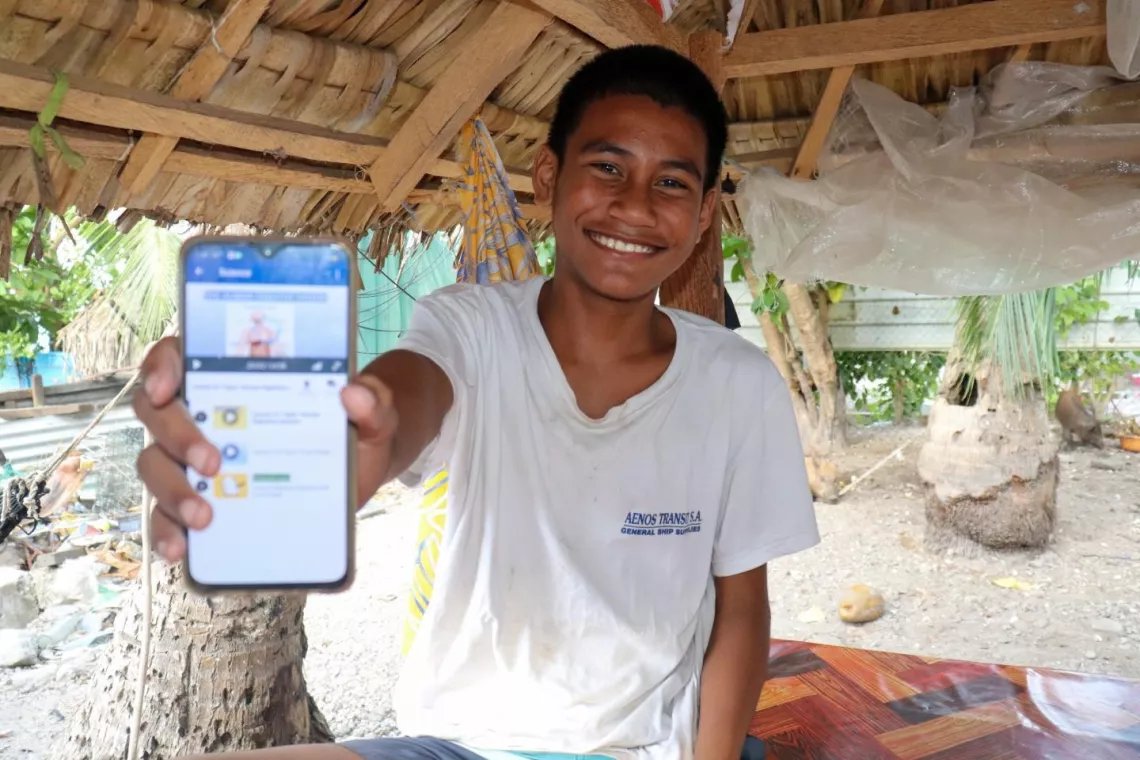
What has surprised you?
Last year, I had the opportunity to travel to Lebanon to see how the Learning Passport was helping vulnerable children and young people enter or get back into national systems and acquire skills to boost their livelihood opportunities. It became apparent to me very quickly that these young people already understood the benefits of digital learning and had experienced their counterparts benefiting from it. I had been focused so much on the supply side of things: how to deliver the Learning Passport, rapidly address the challenges, and create the best scenarios for success. What I had not really thought enough about was that this is what young people are demanding of us: they are demanding that we remove barriers and provide them with the opportunity to learn. That’s the most pivotal role we play.
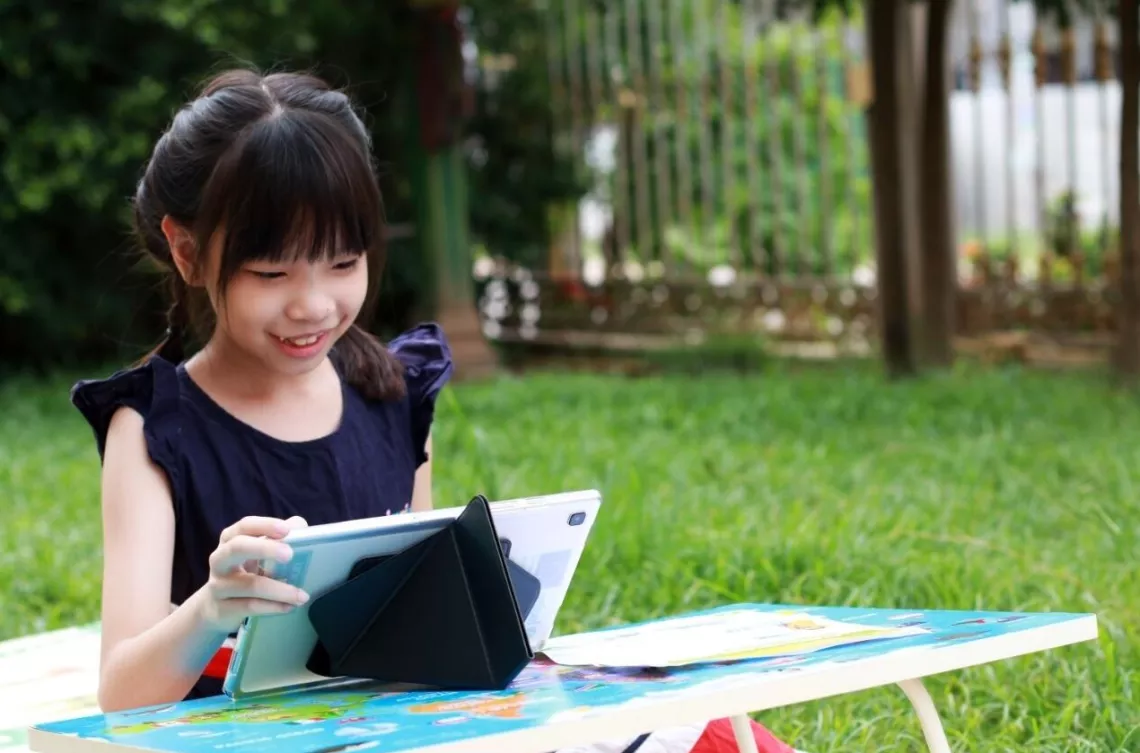
What are you most excited about?
Two words: OFFLINE & EQUITY. Right now, in Zimbabwe, Sierra Leone, Egypt and soon to be Mexico, students and teachers are using the Learning Passport in completely offline environments- that means with no connection to the internet. How are we able to do this? We’ve been able to use some emerging technological concepts to break through barriers and decouple the concepts of digital education and connectivity, while at the same time creating a pathway for unconnected learners to pick up where they left off when they do get to a connection. Despite spending so much of my waking days on it, it still blows me away when I see it in the real world. In 2022 we’re going to make some major strides, I’m absolutely ecstatic about it.
This is a game changer for equitable access to education! We have an opportunity to bring emerging technology to children who have never had the opportunity to use these tools before. We can teach children and young people how to navigate the online world without having to rely on connectivity allowing them to develop the skills needed for a digital future. AND if we can decouple connectivity from digital while continuing online scale- we will solve technical problems that no one else has solved.
And lastly, what keeps you motivated?
Being able to solve some of the most complex problems with the smartest people and the mandate to do so for the most vulnerable children and young people in the world. It’s a dream to wake up every day and do this.
